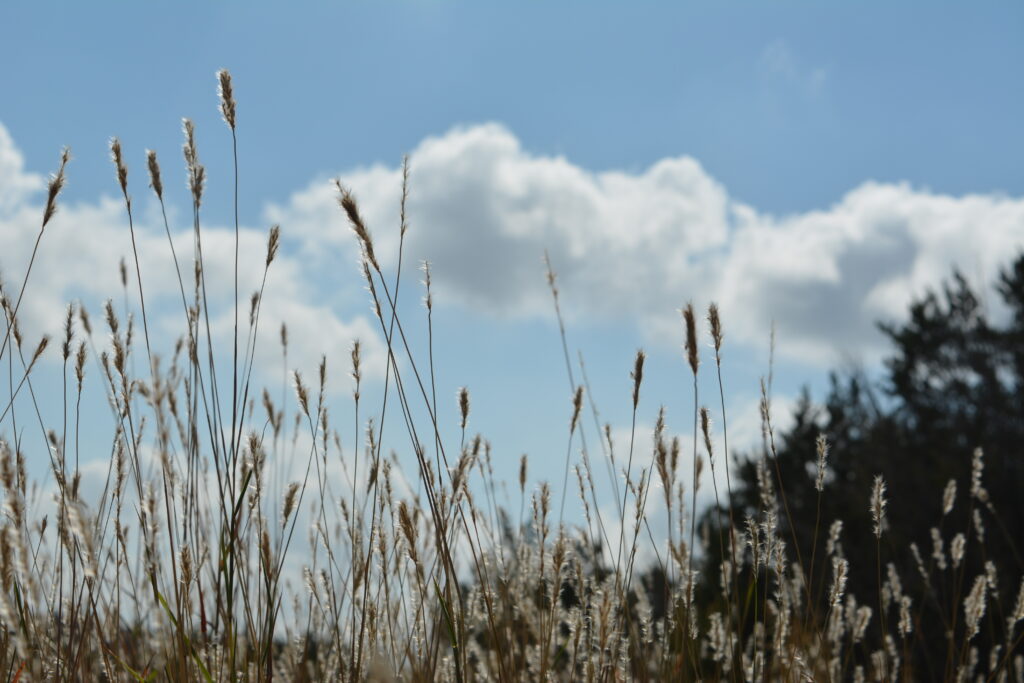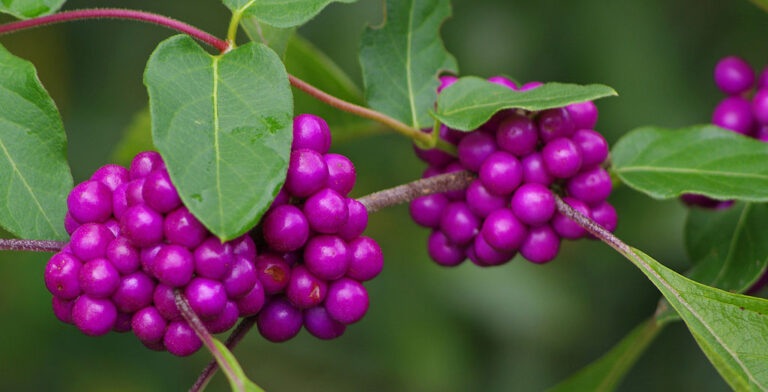
Native Plants
Helping you find native plants that thrive in your landscape

What is a Native Plant?
Native plant means plants that were growing naturally here before European colonization. This is the tacit definition many botanists and native-plant enthusiasts seem to use.

Why are Native Plants Important?
- Drought-tolerant, naturally conserving our precious water resources
- Provide habitat and food for birds, butterflies, bees and other wildlife
- Don’t need special pampering or fertilizing
- Natural to their eco-system
- Help us maintain biological biodiversity

What is an ecoregion?
According to the USDA, “Ecoregions are areas where ecosystems (and the type, quality, and quantity of environmental resources) are generally similar.”
Ecoregions are identified by analyzing the patterns and composition of biotic and abiotic phenomena that affect or reflect differences in ecosystem quality and integrity (Omernik 1987, 1995). These phenomena include the following:
- geology
- landforms
- soils
- vegetation
- climate
- land use
- wildlife
- hydrology

What native plants are good for my area?
Find plants that are a good fit for your landscape based on sun/shade, soil type, bloom preference, and more.

Where can I find native plants?
NICE! Native Plant Partners is a program where Native Plant Society chapters work with local nurseries to promote the availability of native plants.

Where Can I See Examples?
Chapter volunteers plant beds of native plants called “Chapter Demonstration Gardens.” Find native plants near you at demo gardens, parks and trails.

What is Wildscaping?
Wildscaping is a way of designing your home’s landscape to attract and benefit wildlife, especially birds and butterflies, by providing the required food, water, and shelter.
